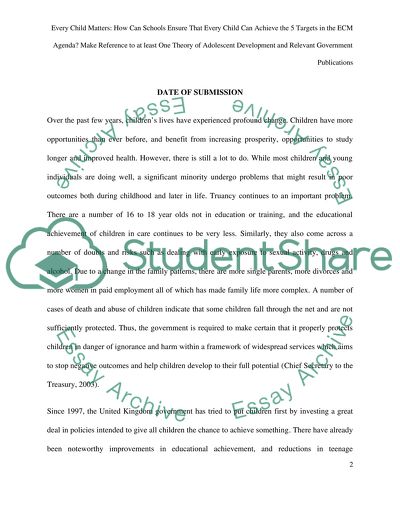Cite this document
(“Every Child Matters: How can schools ensure that every child can Essay”, n.d.)
Retrieved from https://studentshare.org/environmental-studies/1413500-every-child-matters-how-can-schools-ensure-that
Retrieved from https://studentshare.org/environmental-studies/1413500-every-child-matters-how-can-schools-ensure-that
(Every Child Matters: How Can Schools Ensure That Every Child Can Essay)
https://studentshare.org/environmental-studies/1413500-every-child-matters-how-can-schools-ensure-that.
https://studentshare.org/environmental-studies/1413500-every-child-matters-how-can-schools-ensure-that.
“Every Child Matters: How Can Schools Ensure That Every Child Can Essay”, n.d. https://studentshare.org/environmental-studies/1413500-every-child-matters-how-can-schools-ensure-that.


